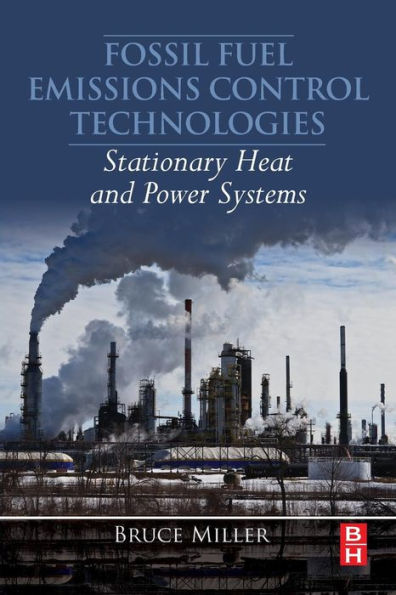5
1
9780128015667



Fossil Fuel Emissions Control Technologies: Stationary Heat and Power Systems available in Paperback, eBook

Fossil Fuel Emissions Control Technologies: Stationary Heat and Power Systems
- ISBN-10:
- 0128015667
- ISBN-13:
- 9780128015667
- Pub. Date:
- 05/18/2015
- Publisher:
- Elsevier Science
- ISBN-10:
- 0128015667
- ISBN-13:
- 9780128015667
- Pub. Date:
- 05/18/2015
- Publisher:
- Elsevier Science

Fossil Fuel Emissions Control Technologies: Stationary Heat and Power Systems
$130.0
130.0
In Stock

Product Details
| ISBN-13: | 9780128015667 |
|---|---|
| Publisher: | Elsevier Science |
| Publication date: | 05/18/2015 |
| Pages: | 514 |
| Product dimensions: | 6.20(w) x 9.00(h) x 1.30(d) |
About the Author
What People are Saying About This
From the B&N Reads Blog
